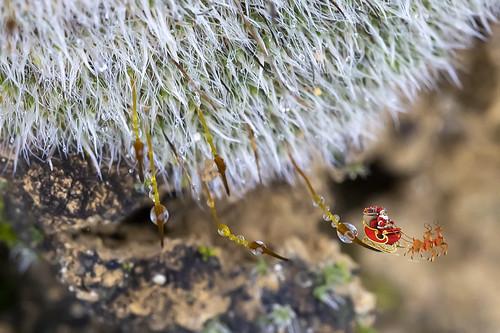
52582400649_0bdd70a136.jpg from: https://www.flickr.com/photos/83637132@N02/52582400649/
Introduction
In the vast and captivating world of bryophytes, one tiny moss stands out as a true marvel – the Crossidium squamiferum (Viv.) Jur., a member of the Pottiaceae family. Often referred to simply as Crossidium, this diminutive plant has captured the hearts and minds of moss enthusiasts worldwide with its unique characteristics and remarkable resilience.
Background
Before delving into the intricacies of Crossidium squamiferum, it’s essential to understand the broader context of
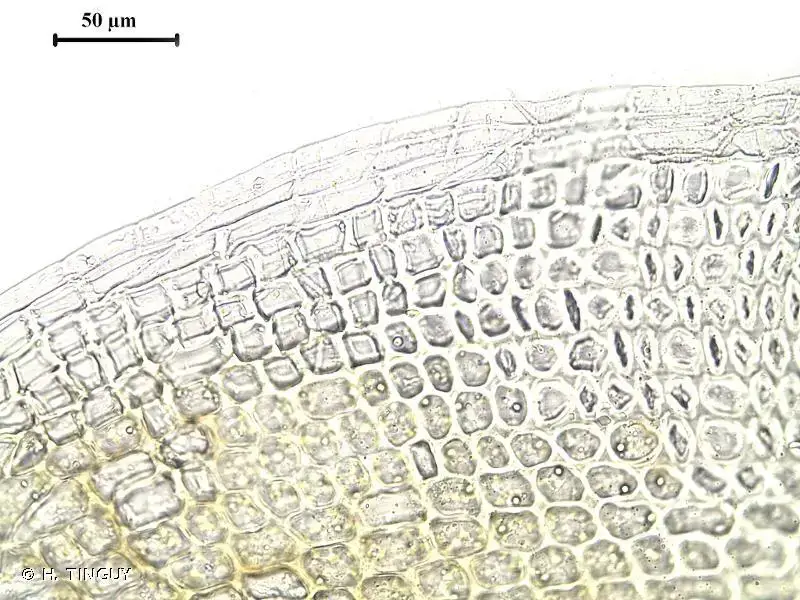
212116.jpg from: https://inpn.mnhn.fr/espece/cd_nom/3915
bryophytes. These non-vascular plants, which include mosses, liverworts, and hornworts, are among the oldest and most primitive land plants on Earth. They play a crucial role in various ecosystems, acting as pioneers in colonizing barren landscapes and contributing to soil formation and moisture retention.
Main Content
Morphology and Identification
Crossidium squamiferum is a small, acrocarpous moss that forms dense, cushion-like tufts or mats. Its leaves are squamiform (scale-like) and crisped when dry, giving the plant a distinctive appearance. The sporophytes (spore-bearing structures) are relatively large compared to the size of the plant, with a twisted peristome (tooth-like structures surrounding the capsule opening) that aids in spore dispersal.
Global Distribution and Habitat
This remarkable moss has a cosmopolitan distribution, thriving in various regions across the globe. It can be found in diverse habitats, from arid and semi-arid regions to coastal areas and even urban environments. Crossidium squamiferum is particularly well-adapted to withstand harsh conditions, such as extreme temperatures, drought, and high levels of solar radiation.
Ecological Roles and Adaptations
Despite its diminutive size, Crossidium squamiferum plays a vital role in its ecosystems. It contributes to soil stabilization, moisture retention, and nutrient cycling, creating favorable conditions for other plants to establish themselves. Additionally, this moss serves as a microhabitat for various invertebrates, providing shelter and food sources.
One of the most fascinating aspects of Crossidium squamiferum is its remarkable ability to survive in extreme environments. It possesses a range of adaptations that allow it to withstand desiccation, including the ability to curl its leaves tightly when dry, effectively reducing water loss. Furthermore, this moss can rapidly
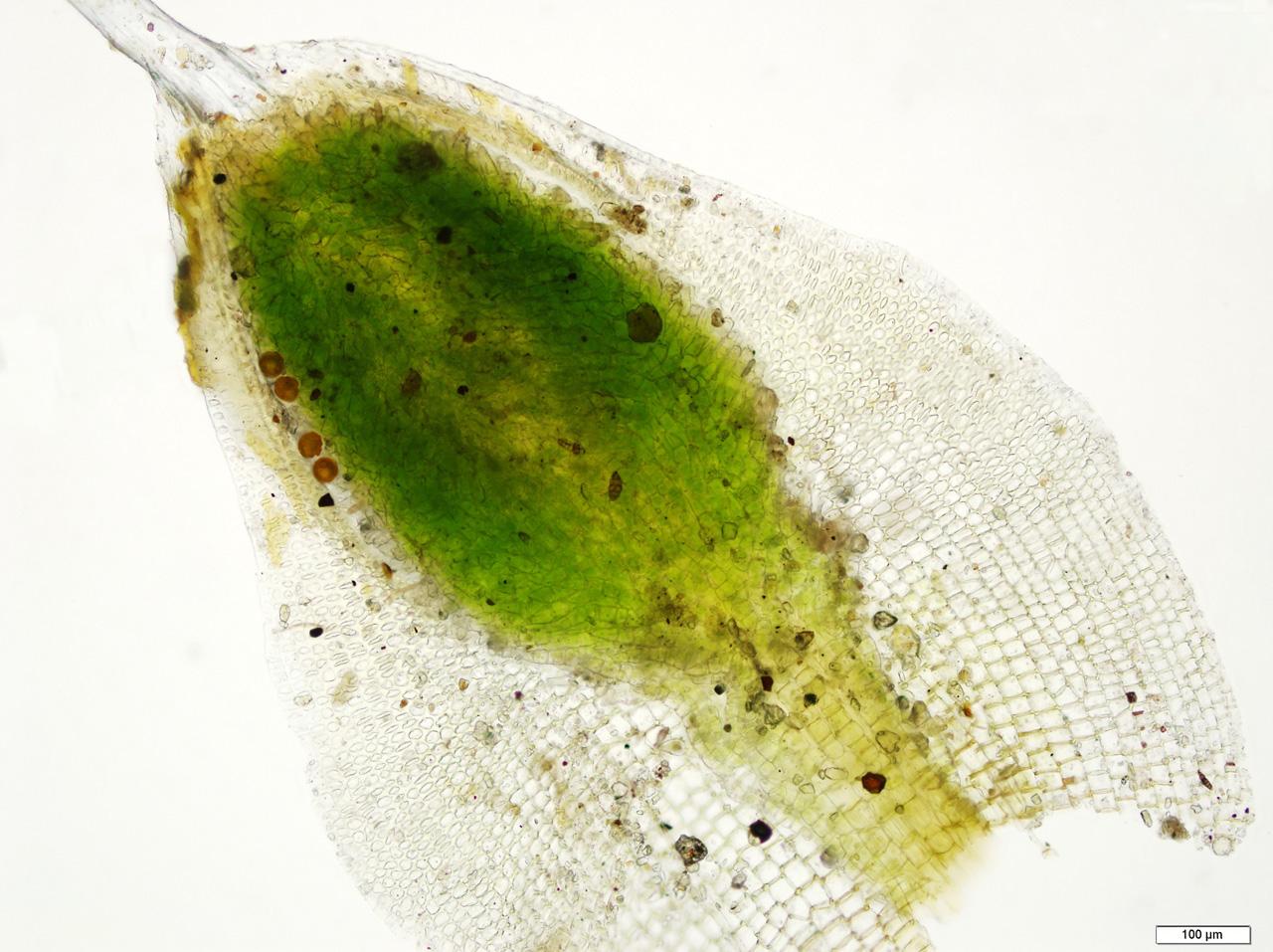
c_squamiferum2.jpg from: https://admissions.wnmu.edu/academic/nspages/gilaflora/crossidium_squamiferum.html
rehydrate and resume its metabolic activities when moisture becomes available, a trait known as poikilohydry.
Case Studies/Examples
Crossidium squamiferum has been the subject of numerous scientific studies, shedding light on its unique characteristics and ecological significance. For instance, researchers have investigated its role in stabilizing soil in arid regions, where it can help prevent erosion and facilitate the establishment of other plant species.
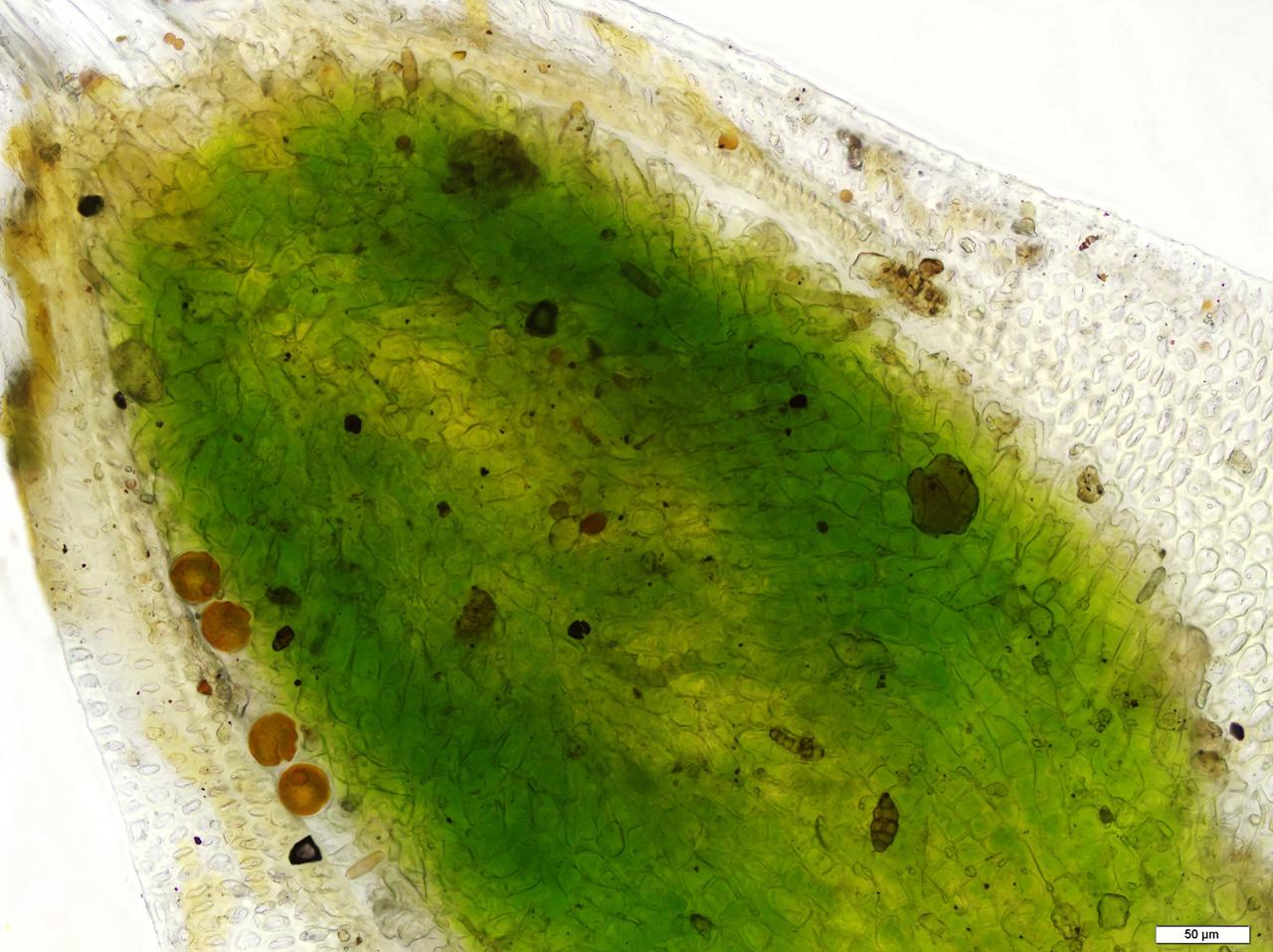
c_squamiferum3.jpg from: https://wnmu.edu/academic/nspages/gilaflora/crossidium_squamiferum.html
Technical Table
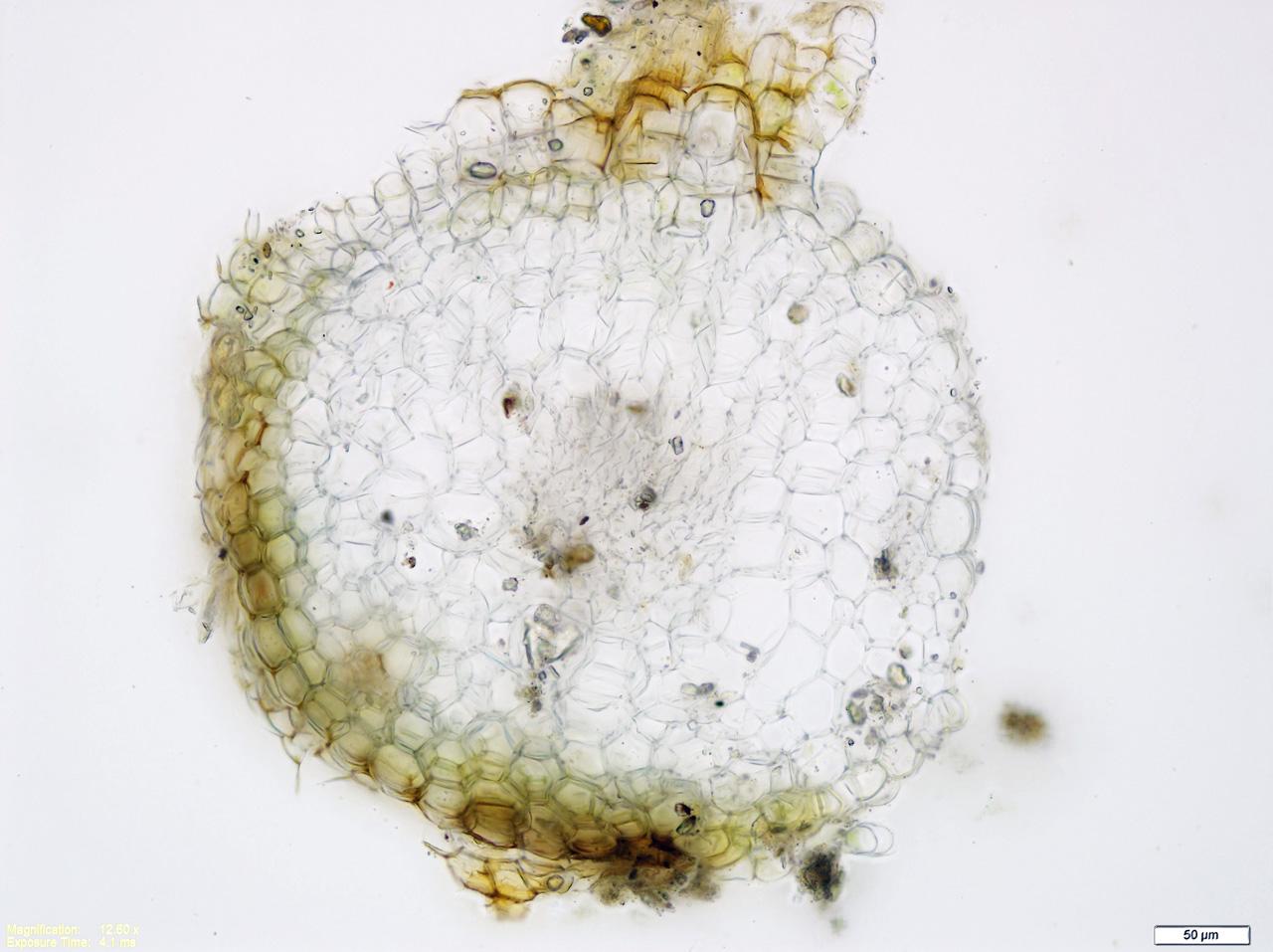
c_squamiferum7.jpg from: https://soe.wnmu.edu/academic/nspages/gilaflora/crossidium_squamiferum.html
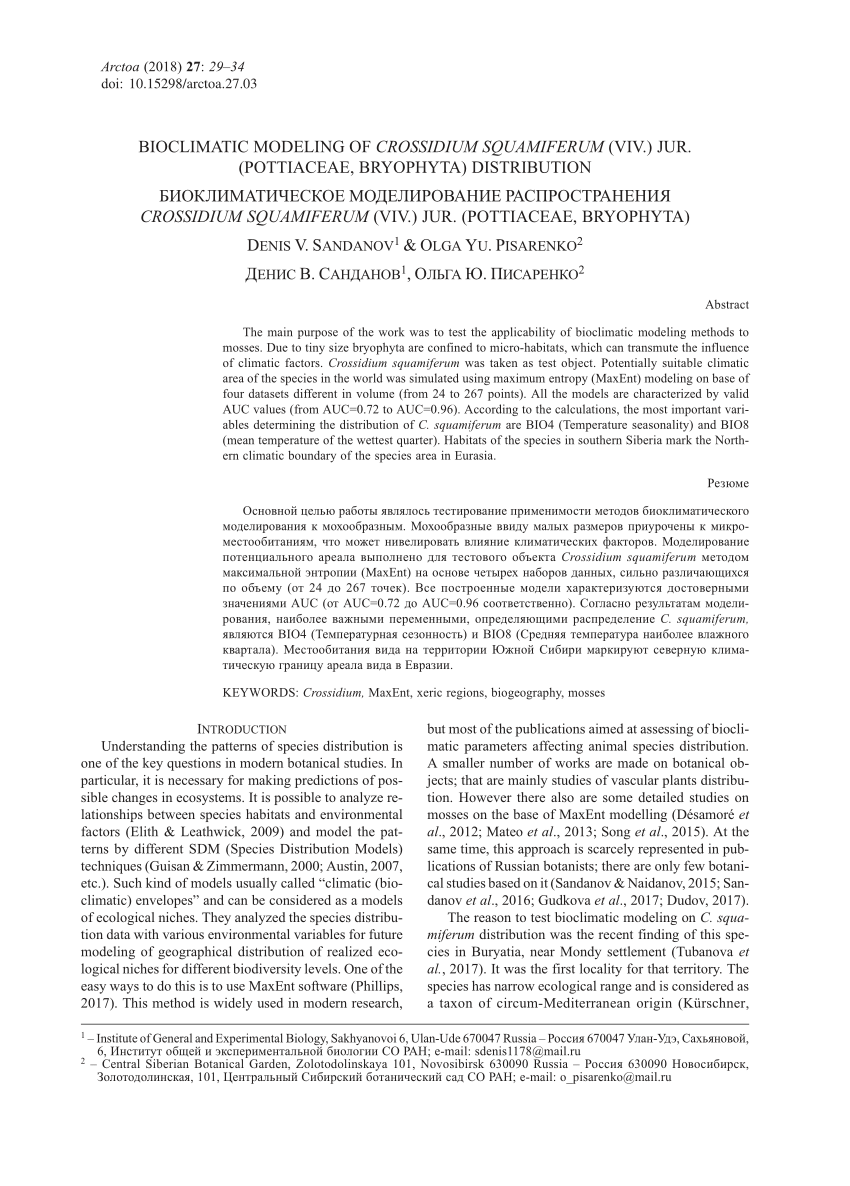
largepreview.png from: https://www.researchgate.net/publication/327204411_Bioclimatic_modeling_of_Crossidium_squamiferum_Viv_Jur_Pottiaceae_Bryophyta_distribution
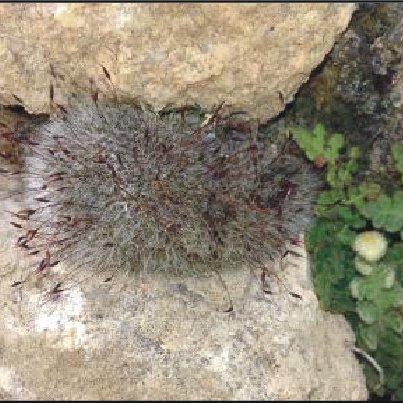
Crossidium-squamiferum-in-situ-in-the-joints-between-the-bricks-of-the-ancient-walls-in_Q640.jpg from: https://www.researchgate.net/figure/Crossidium-squamiferum-sampling-area_fig2_346055526
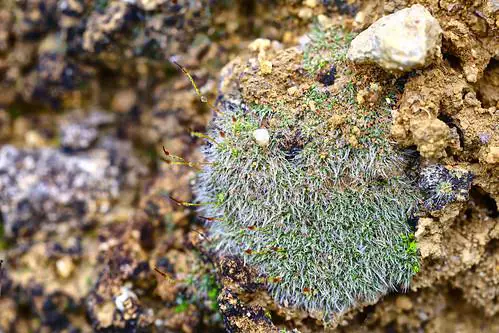
52542344467_a94d98d092.jpg from: https://www.flickr.com/photos/83637132@N02/52542344467
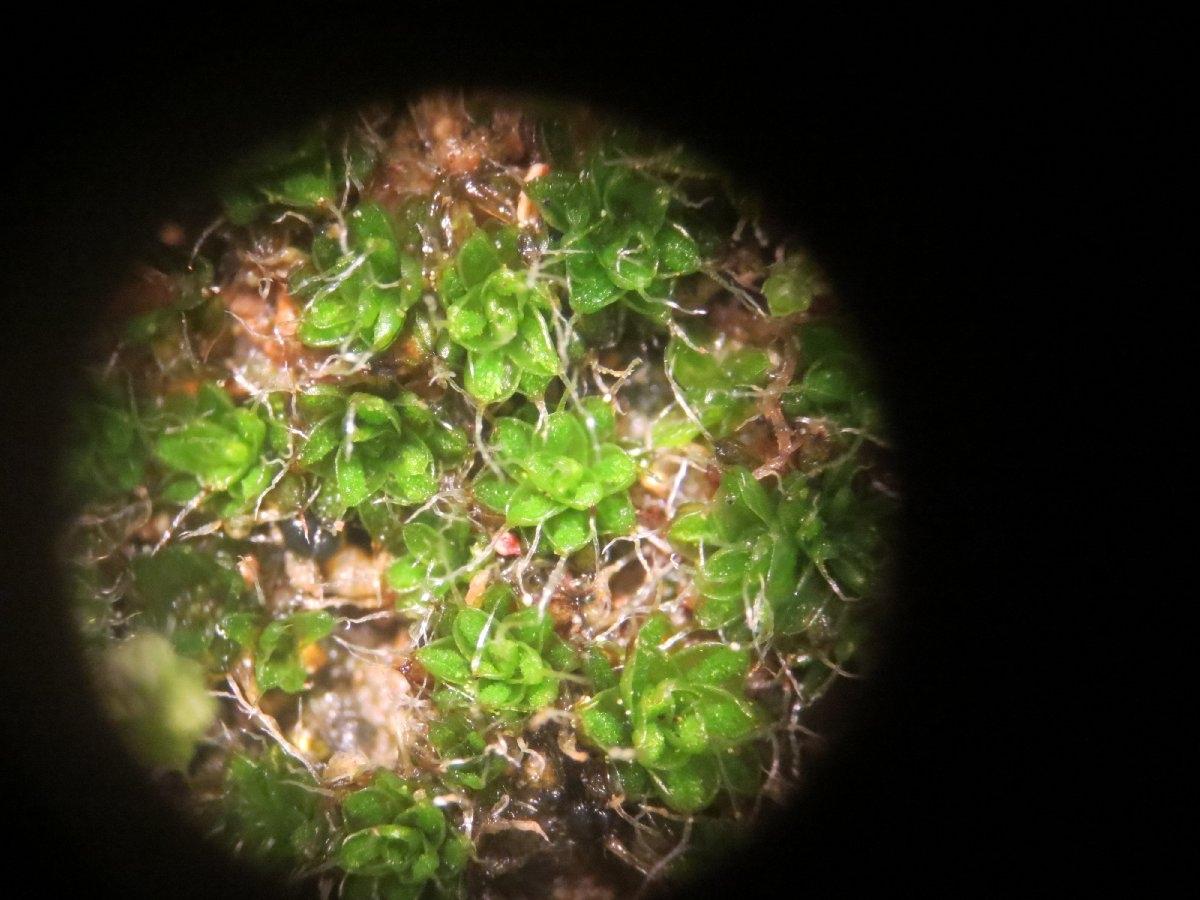
159642.jpg from: https://www.calflora.org/app/taxon?crn=13783
| Characteristic | Description |
|---|---|
| Family | Pottiaceae |
| Genus | Crossidium
 large.png from: https://www.biodiversity4all.org/guide_taxa/876422 |
| Species | squamiferum |
| Growth Form | Acrocarpous, cushion-like tufts or mats |
| Leaf Shape | Squamiform (scale-like), crisped when dry |
| Sporophyte | Relatively large, with a twisted peristome |
| Distribution | Cosmopolitan |
| Habitat | Arid, semi-arid, coastal, urban |
| Adaptations | Poikilohydry, leaf curling, rapid rehydration |
Conclusion
Crossidium squamiferum (Viv.) Jur., a true marvel of the Bryophyta world, stands as a testament to the incredible resilience and adaptability of life on our planet. This unassuming moss has captivated scientists and enthusiasts alike with its unique morphology, global distribution, and remarkable ability to thrive in even the harshest of environments. As we continue to explore and appreciate the wonders of the natural world, Crossidium squamiferum serves as a reminder of the intricate beauty and complexity that can be found in the smallest of organisms.
Ponder this: In a world where change is constant, what lessons can we learn from the enduring resilience of Crossidium squamiferum?